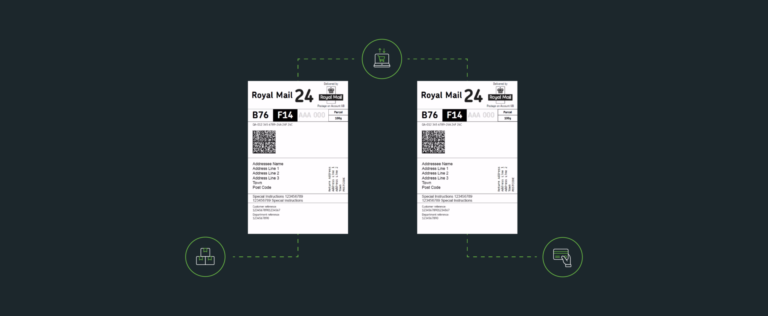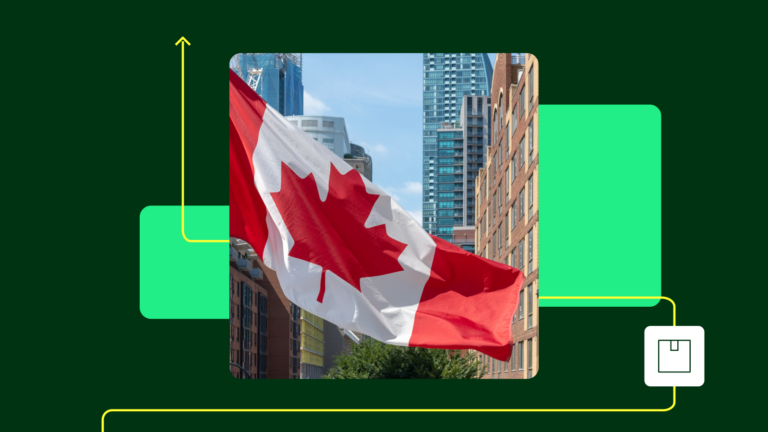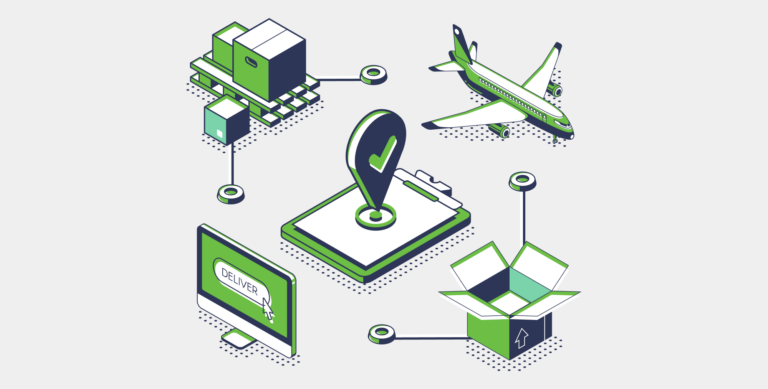Printing Return Labels and Creating a UK Returns Strategy

Returns are an unfortunate part of any ecommerce business. No one wants to do returns. According to Statista, the key reasons people in the UK return items bought online are “it didn’t fit” (66%), “item not as described” (39%) and “it looked different in person” (36%).
Returns are only increasing in the UK, and consumers expect more from brands: Some stats
In the last 12 months, over half (51%) of Brits have returned items that they have bought online, compared to 47% in the same period in 2019 and 46% in 2016, according to Barclaycard’s research.
The same study found that 12% of Brits report returning more because they are not able to try items on in-store. 9% say they have also used home deliveries as a try-on service, ordering multiple sizes and colours in the absence of a shop changing room.
This issue only grows during Peak – an already busy and stressful season for ecommerce retailers, when up to 25% of goods delivered during peak periods are returned.
And according to ShipStation’s recent study on The Global Pulse: Ecommerce in the UK after COVID-19, 93% expected retailers to offer extended return windows due to potential shipping delays, 46% expect retailers to offer extended return windows indefinitely and 53% expect retailers to offer free returns indefinitely.
Returns hurt a business’s bottom line, but they are good for your sales and customer satisfaction
For a retailer, the process of returning an item can cost up to twice as much as it does to deliver it. And research estimated items bought online and returned in the UK were worth £5.2bn annually.
However, having a seamless strategy for printing return labels is a great way to cut down on processing time and find the most cost-effective ways for your customers to return their items.
Efficient returns fulfillment not only saves money, but it also encourages greater sales.
A good returns experience means loyal customers: 69% of shoppers confirm that the quality of the returns service strongly influences the retailers they will shop with, according to IMRG. And 57% of consumers are more likely to choose retailers with an easy returns process.
Because returns are so important, it’s crucial that you make it easy and efficient for any future or recurring customer.
How to Create Return Labels
Creating a return label can be done in a few ways. You can either create it yourself and email it to the customer. You can include a prepaid/pay-on-use label with the outbound parcel. You can also have a customer send a return back from a carrier facility. The final option is to just give the customer a self-service option. This is usually the easiest option for you to offer your customers.
Branded returns labels and packaging also make all the difference when thinking about the customer experience, which can easily be done via ShipStation.
Types of Return Labels
Pay-on-use return labels
Pay-on-use return labels are exactly what they sound like—you only pay for them if a customer requests a return and you use them. These are generally only available through invoicing carriers such as Royal Mail, Hermes or DPD. .
Courier return labels
These offer an advantage over pay-on-use return labels. This allows merchants who deal with a high volume of returns to include the return label in the box with the outbound shipment.
Royal Mail offers tracked returns labels with a Business Parcels Account. This allows you to:
- Track to delivery point
- Print returns labels With Labels to Go at 11,500 Post Office branches or 1,200 Royal Mail Customer Service Points
- Ensure up to date reporting to help manage stock
- Use their easy online portal to generate labels
- Get up to £100 inclusive compensation
- Use the returns collected from home service with Parcel Collect – available from just 60p per item for returns
Other couriers such as Hermes, DPD, Parcelforce, DHL, UPS and FedEx offer similar services, too.
ShipStation simplifies the returns and returns label process by allowing you to offer automated returns through return portals on your website, or include pay-on-use return labels with the outgoing package. You can create return labels on-demand, when they are requested too.
How to print international return labels
International returns are a commonly requested feature of carriers and merchants. However, due to differences in countries’ custom forms, differences in carrier services, and other cross-border limitations, they are difficult to offer. As such, most international returns require a bit more communication between merchants and customers. However, if this is clearly outlined at checkout, and a good returns strategy is in place, it can be simpler.
Shipping to the EU from the UK has changed since Brexit, and businesses will have needed to get prepared. This affects customs borders and will impact rules and restrictions, tax and duty rates, and the import/export documentation required. It also affects VAT and fulfillment. Check out our blog on this for more information on how it affects your business, and our article on how to configure an international shipment.
The ShipStation team has been working hard to ensure that all our customers selling into Europe can structure and store product data correctly, store company and tax registration data, and automatically create the required customs documentation.
We’ve also been in conversations with our carrier partners so our sellers can be confident they will be providing the necessary information and paperwork for any international shipments.
Offering Returns
Return policies
Ecommerce shopping has become so hassle-free that customers and retailers alike have become accustomed to not having to actually communicate with the other party. This has become so commonplace that it is extending to returns.
Creating a winning returns policy doesn’t have to break the bank, and again, customers will check a website’s return policy before placing an order. Generally, 14 or 28 day return policies are what merchants offer in the UK. This return window increases during Christmas and New Year too.
Self-service returns
Self-service returns are a favorite among customers. Instead of having to deal with long wait times or waiting for you or someone on your team to generate and send them the label, you give them the option to create the return label without reaching out to you. Or, at most, they get email authorization containing a link to initiate the return. We found that 81% of customers prefer the option to print the label at home over going to a carrier facility to print one.
Free Returns vs Charging for Returns
Obviously, customers prefer free returns. However, it’s not always possible to offer, as it can be expensive and affect profit margins too much A key reason Amazon wins customers is their commitment to “the customer is right.” This is why many merchants don’t list their highest-cost or heaviest items on Amazon or similar marketplaces. So if you can’t offer returns for free, find a way you can offer returns affordably!
Flat-rate returns
Customers hate surprises. This is why offering easy-to-understand flat-rate returns may be the simplest option. Something like £5 returns charge that gets deducted from a refund can be a good compromise. But, the customer first needs to know they are getting a complete refund on the item cost.
Are you embracing the UK returns culture?
The UK returns culture is more demanding than ever, and ecommerce businesses need to have a strong returns strategy and way of printing labels easily and efficiently. ShipStation makes processing returns and printing labels a breeze. To find out more about how ShipStation can help your ecommerce business, schedule a demo.



